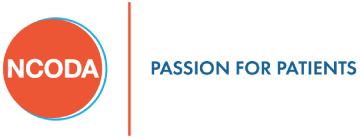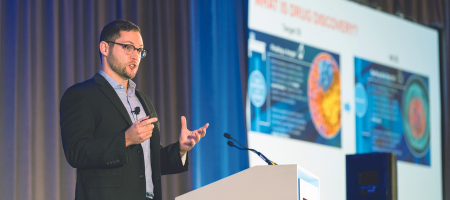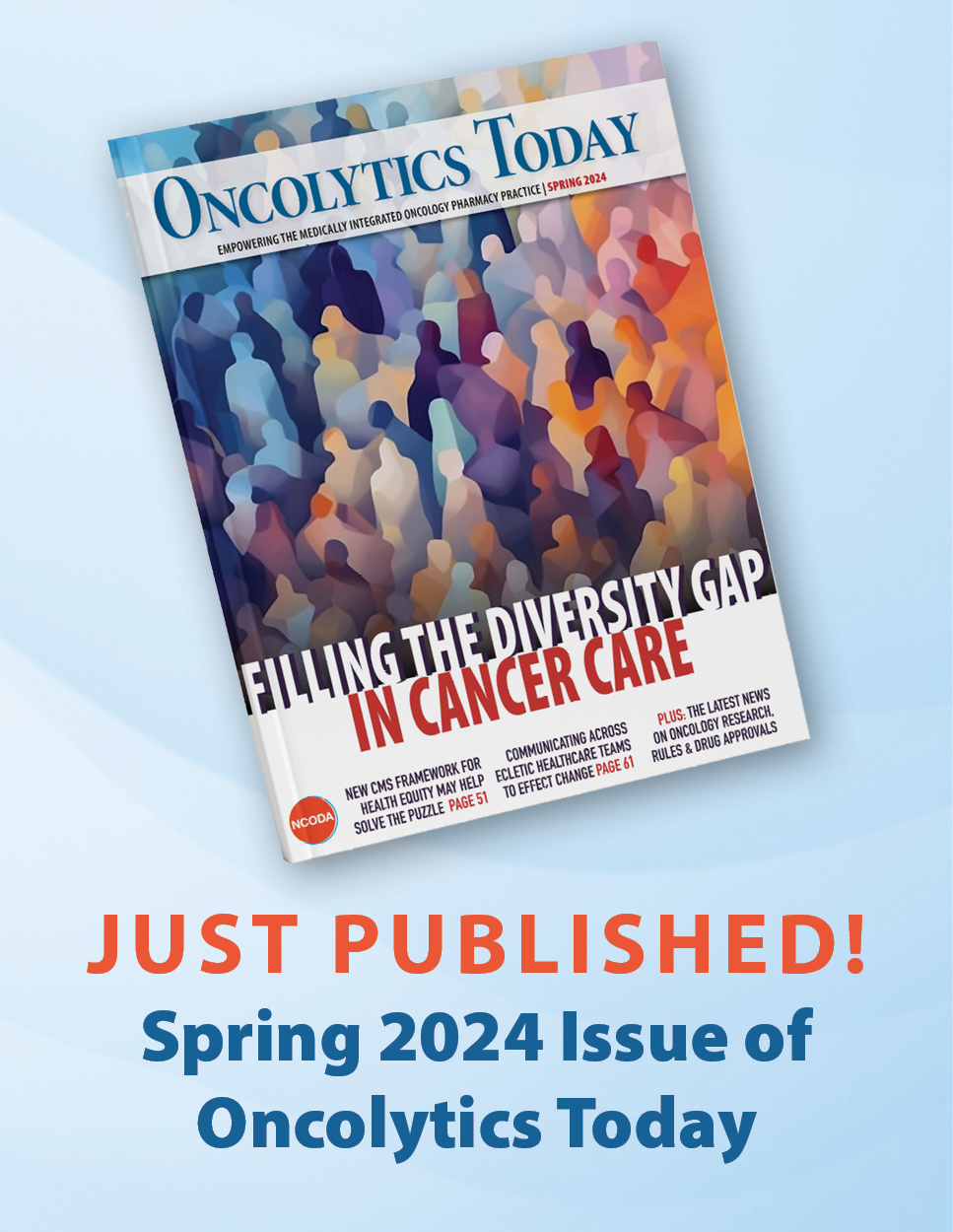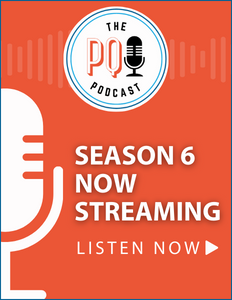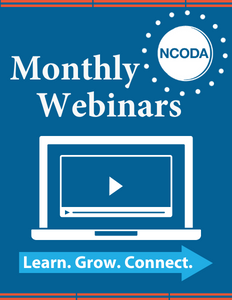THE QUEST FOR A NEW CANCER DRUG IS NOT FOR THE FAINT OF HEART
By Brett Williams, PhD
With 10 new FDA approvals in the second half of 2019 alone, the toolbox of oral oncolytics is continuously expanding.
These new approvals present patients and providers alike with new therapeutic options, but also bring the challenges of appropriately dispensing these agents and monitoring patient outcomes.
While many oncology providers are aware of the challenges and opportunities that come with each new chemotherapeutic, the tribulations of the discovery and development of these drugs may not be as familiar. Knowledge of the drug discovery process can bring providers and patients a valuable perspective on chemotherapeutics and their properties.
Put simply, drug discovery is not for the risk-averse. The journey from concept through the clinic is long (10-15 years), fraught with high cost ($1-3 billion) and low probability of success (12%).1 Despite the odds, a number of molecules do successfully navigate the maze, earn FDA approval and make it to the patient’s bedside.
REWARD EVEN IN FAILURE
For those that do not earn approval, there is still reward even in failure. While both costly and disheartening, the research behind a failed drug candidate still adds to the greater body of knowledge on disease biology and informs future drug discovery efforts.2
The birth of an oral oncolytic begins with an intimate knowledge of cancer biology. Physicians, biologists, statistical geneticists and other scientists perform cutting-edge research to find new tactics to destroy malignancies. Their work ultimately culminates in a validated drug target. This is an enzyme or biological process – e.g. kinase, GPCR, ion channel, etc., that when modulated, results in cancer cell death.
Once the biological target is known, chemists and biochemists begin the search for small molecules that preferentially interact with the biological target.
Biochemists first develop robust and scalable assays to test the binding affinity or activity of small molecules. Then, libraries of up to several million compounds are tested for activity in a carefully engineered high-throughput screen (HTS).
SEARCHING FOR ‘HITS’
Small molecules that are active in the HTS are called “hits.” These hits need to be tested in orthogonal assays to confirm their observed activity in the HTS. Chemical inhibition of off-target biological processes can lead to dose-limiting toxicity, so selectivity of the hits is important and may be assessed early on in a drug discovery program.
Once the hit activity is confirmed, a medicinal chemistry campaign begins. The overall goal of the medicinal chemistry team is to turn these hits into a drug, which requires the interconnected efforts of many scientists including medicinal chemists, biochemists, biologists and pharmacologists.
THE HIT-TO-LEAD PHASE
The first phase of a medicinal chemistry campaign is called “hit-to-lead.” Hits require optimization before they can be considered “drug-like.” In the hit-to-lead phase, chemists synthesize analogs of the “hits,” creating a series of compounds that are assessed in biological assays for their physicochemical properties (e.g., solubility) to determine if the chemical matter has the potential to become a drug. If so, then the “hit” series will be labeled a “lead” series and move one step closer to the clinic; hence the name, hit-to-lead.
Once the team has turned hits into leads, a new phase begins – lead optimization (lead op). In lead op, attention turns from increasing potency and selectivity to crafting the chemical matter into a drug.
This process involves optimizing the in vivo exposure of the drug (determined in animal pharmacokinetic studies) and assessment of safety with in vitro safety assays. Some standard safety assays are cytochrome P450 inhibition or activation (a source of drug-drug interactions), inhibition of hERG (human Ether-a-go-go-Related Gene) activity, which can cause QT prolongation, and activity against a panel of targets and pathways that are known to cause adverse clinical events.
PRECLINICAL TOXICOLOGY STUDIES
The final hurdle for compounds to pass before they enter clinical trials are preclinical toxicology studies. This is an in vivo safety assessment in at least two animal species. In these studies, high doses of a small molecule (drug candidate) are given to the animals for an extended period of time (from days to months), and a toxicologist examines the major toxic effects of the small molecule to determine a therapeutic index (efficacious dose/toxic dose).
If the toxicology report and therapeutic index are satisfactory, the small molecule is designated a development candidate (DC) and is ready for clinical trials.
When a development candidate enters the clinic, the baton is passed from the drug discovery team to the clinical team that designs and monitors the evaluation of its safety and efficacy in humans.
THE POINT OF NO RETURN
Extensive work persists throughout the preparation and duration of clinical trials, but it is important to note that the chemical structure cannot be changed once the compound enters the clinic.
The discovery of an oral oncolytic can be filled with scientific, practical and logistical challenges at nearly every phase. Teams of people in many different functions are required to confront and dismantle these hurdles in order to gain FDA approval.
The odds are low, and the timelines are long, but the battles are still hard-fought for the chance to provide new therapies for the oncology community.
Brett Williams, PhD, is Senior Scientist at Tango Therapeutics in Cambridge, Massachusetts.
REFERENCES
- DiMasi JA, Grabowski HG, Hansen RA. Innovation in the pharmaceutical industry: new estimates of R&D costs. Journal of Health Economics 2016; 47, 20-33.
- Institute of Medicine (US) Committee on Conflict of Interest in Medical Research, Education, and Practice; Lo B, Field MJ, editors. Conflict of Interest in Medical Research, Education, and Practice. Washington (DC): National Academies Press (US); 2009. E, The Pathway from Idea to Regulatory Approval: Examples for Drug Development. Available from: https://www.ncbi.nlm.nih.gov/books/NBK22930.
THE STEPS IN DEVELOPING AN ORAL ONCOLYTIC
- TARGET ID
Biology and statistical genetic research indentifies a target. - DRUG DISCOVERY
Chemist/biochemists find chemical matter, than optimizes it into a drug candidate. - PRE-CLINIC DEVELOPMENT
Drug candidate is tested in two animal species for safety. - CLINICAL DEVELOPMENT
Phase I: Assess drug safety in humans, identify maximum tolerated dose (MTD). Phase II-III: Test for efficacy. - APPROVAL
Phase IV: Drug is distributed to patients in need. Safety and efficacy are monitored in patients.
